Retro Replay Review
Gameplay
Aubergine Sky centers its gameplay on minimalist, atmospheric puzzle interactions that require players to explore each scene with patience and curiosity. There are no explicit tutorials or hint systems; instead, every chapter gently nudges you toward uncovering the solution through trial and error. Each of the five looping sequences feels like a delicate dance between observation and action, as you trace the contours of the environment with your mouse in search of that one subtle trigger to break the cycle.
(HEY YOU!! We hope you enjoy! We try not to run ads. So basically, this is a very expensive hobby running this site. Please consider joining us for updates, forums, and more. Network w/ us to make some cash or friends while retro gaming, and you can win some free retro games for posting. Okay, carry on 👍)
The decision to forego traditional instructions can be both a strength and a challenge. On one hand, it enhances immersion—players feel like true detectives, piecing together visual cues and ambient sounds until they stumble upon the next revelation. On the other, it demands a level of persistence that may frustrate those accustomed to more guided experiences. However, overcoming these momentary hurdles delivers a powerful sense of satisfaction; finally progressing feels like lifting a veil, each new location rewarding your attentiveness with fresh surprises.
Interactions in Aubergine Sky are elegantly simple, relying solely on mouse movement and clicks. Yet this simplicity belies the thoughtfulness behind every puzzle. With no inventory menus or convoluted item combinations, the game maintains a steady, contemplative pace. This focus on pure gesture-based solutions streamlines the experience, allowing you to become fully absorbed in the unfolding story rather than juggling complex mechanics.
The looping design of each chapter turns the environment into a living riddle. Background details shift subtly with each iteration, hinting at hidden mechanics or forgotten pathways. While some players might find the repetition tedious, it’s precisely this cyclical structure that underscores the game’s thematic exploration of memory and discovery. By engaging with the same scene multiple times, you develop an intimate familiarity with its nuances—so that when the answer finally clicks, it resonates deeply.
Graphics
Visually, Aubergine Sky opts for a stylized, low-poly aesthetic that leans into muted color palettes and soft lighting. The art direction achieves a dreamy, almost watercolor-like ambiance that perfectly complements the game’s introspective tone. Textures are understated yet purposeful; every hue and shadow seems deliberately chosen to convey a sense of place and mood rather than hyper-realistic detail.
Each of the five locations—ranging from ivy-clad archways to quiet riverside paths—feels lovingly crafted despite the minimalist approach. Environmental storytelling shines through in the careful placement of objects: an empty bench, a fallen leaf, or a distant church spire evoke a strong sense of locale without overwhelming the player with clutter. The gentle transitions between loops are reinforced by subtle shifts in lighting, suggesting the passage of time and creating a living, breathing world.
Animations are sparse but effective. Birds flutter in the distance, tree branches sway in the breeze, and reflections ripple on water surfaces with a delicate realism. These small touches inject life into the otherwise static puzzle arenas, reinforcing the illusion that you’re witnessing a real-world moment frozen in time. Even the fade-to-black transitions between chapters are handled with care, the screen dimming in a way that feels like closing one page of a story before opening the next.
While Aubergine Sky might not boast cutting-edge graphical fidelity, its visual style is wholly coherent and purpose-driven. The restrained palette and deliberate design choices heighten emotional resonance, inviting players to slow down and absorb every frame. In environments where subtle detail matters as much as sweeping vistas, the game’s artful simplicity proves more than sufficient to leave a lasting impression.
Story
At its core, Aubergine Sky weaves an intimate tale of introspection and quiet revelation. The narrative unfolds across five vignettes set in the outskirts of Oxford, each revealing a fragment of the protagonist’s inner journey. There is no text-heavy dialogue or branching conversation trees; instead, the story emerges organically through environmental cues, sound design, and the player’s own discoveries.
The absence of explicit exposition encourages personal interpretation. Is the character reminiscing on a past life, grappling with a loss, or simply seeking meaning in everyday moments? Aubergine Sky never dictates the emotional beats; it hands you the pieces and invites you to construct your own narrative mosaic. This approach fosters an almost meditative engagement, as players project their own experiences onto the melancholic yet hopeful atmosphere.
Each chapter’s puzzle is thematically linked to the emotional undercurrents of the story. A locked gate might symbolize feelings of regret, while coaxing a lantern to light could represent the spark of memory rekindled. Though the connections are never spelled out, the poetic resonance between gameplay and narrative amplifies the game’s thematic depth. By solving puzzles, players feel they are also unearthing buried sentiments lurking beneath the surface of the protagonist’s mind.
Despite its brevity, the story achieves a sense of completeness. The final fade-out feels earned, as though you’ve traversed both physical spaces and intimate memories. You emerge from the experience with lingering questions, but also with a quiet satisfaction that comes from having shaped the tale yourself. In a market crowded with bombastic plots and sprawling worlds, Aubergine Sky’s subtle, human-scale story stands out as a refreshing testament to the power of simplicity.
Overall Experience
Aubergine Sky may be short in duration, but its impact lingers far beyond the closing credits. The combination of looping puzzle mechanics, evocative visuals, and an open-ended story results in an experience that feels both personal and artful. Each sequence offers a small but meaningful moment of discovery, unified by the game’s overarching theme of memory and reflection.
Patience is key. Players expecting a fast-paced adventure or explicit direction may find themselves at odds with Aubergine Sky’s deliberate pacing. Yet those willing to embrace the game’s zen-like rhythm will discover a rare sense of agency and wonder. The satisfaction of uncovering a solution without a hint system rekindles the joy of old-school exploration, albeit within a modern, minimalist framework.
From its serene soundtrack and subtle ambient noises to the seamless transitions between chapters, every element of Aubergine Sky feels meticulously curated. The game becomes more than a series of puzzles; it evolves into a guided stroll through memory and emotion. By the time you reach the final scene, you carry with you a small, resonant story that feels uniquely yours.
For potential buyers seeking an evocative, bite-sized journey that prizes atmosphere over action, Aubergine Sky represents an excellent choice. While it won’t satisfy those in search of lengthy campaigns or high-octane thrills, it offers a contemplative, artful respite—a reminder that the simplest interactions can yield the most profound moments in gaming.
 Retro Replay Retro Replay gaming reviews, news, emulation, geek stuff and more!
Retro Replay Retro Replay gaming reviews, news, emulation, geek stuff and more!


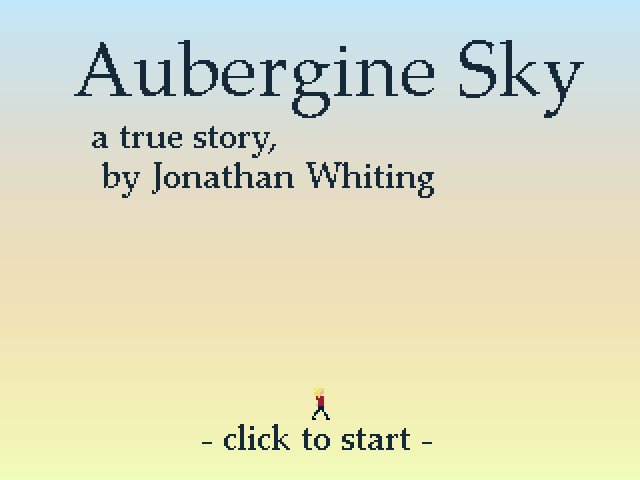
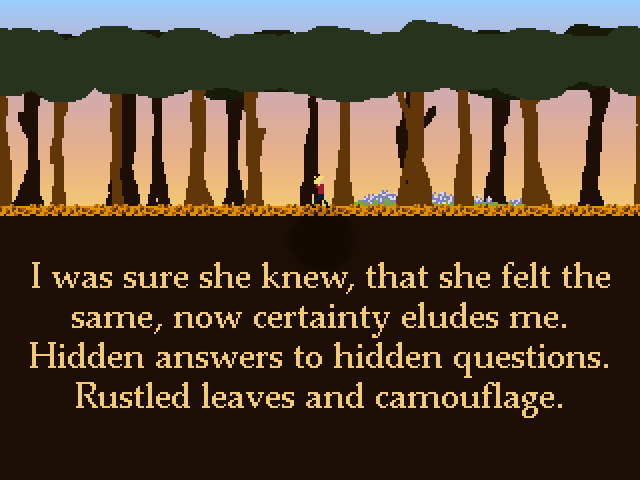
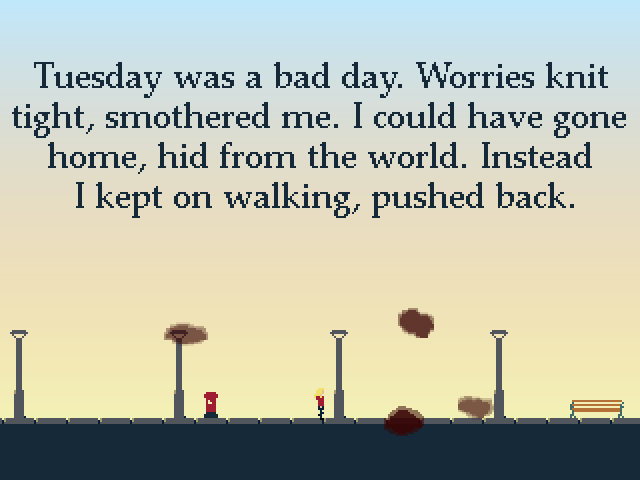
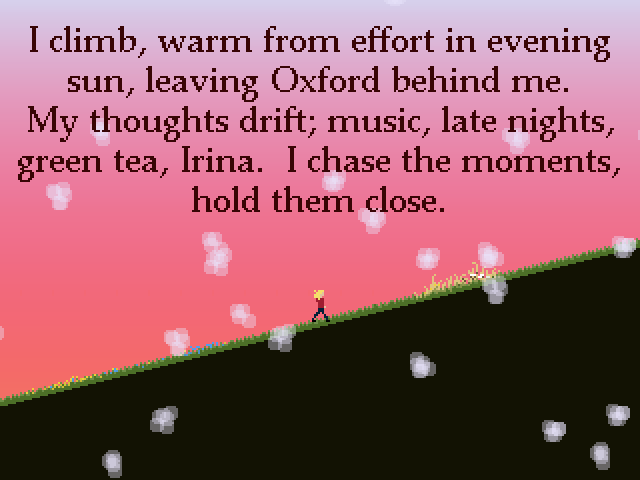
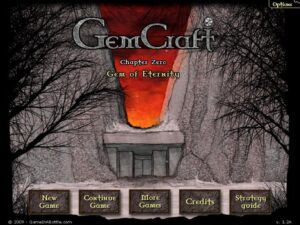

Reviews
There are no reviews yet.